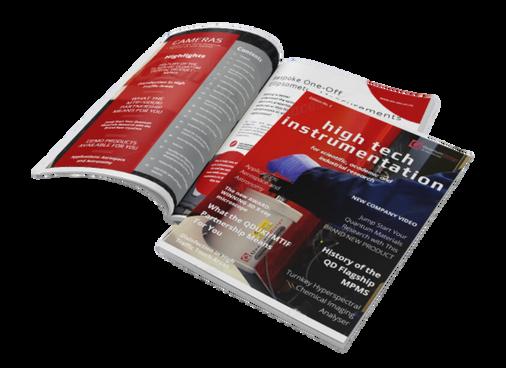









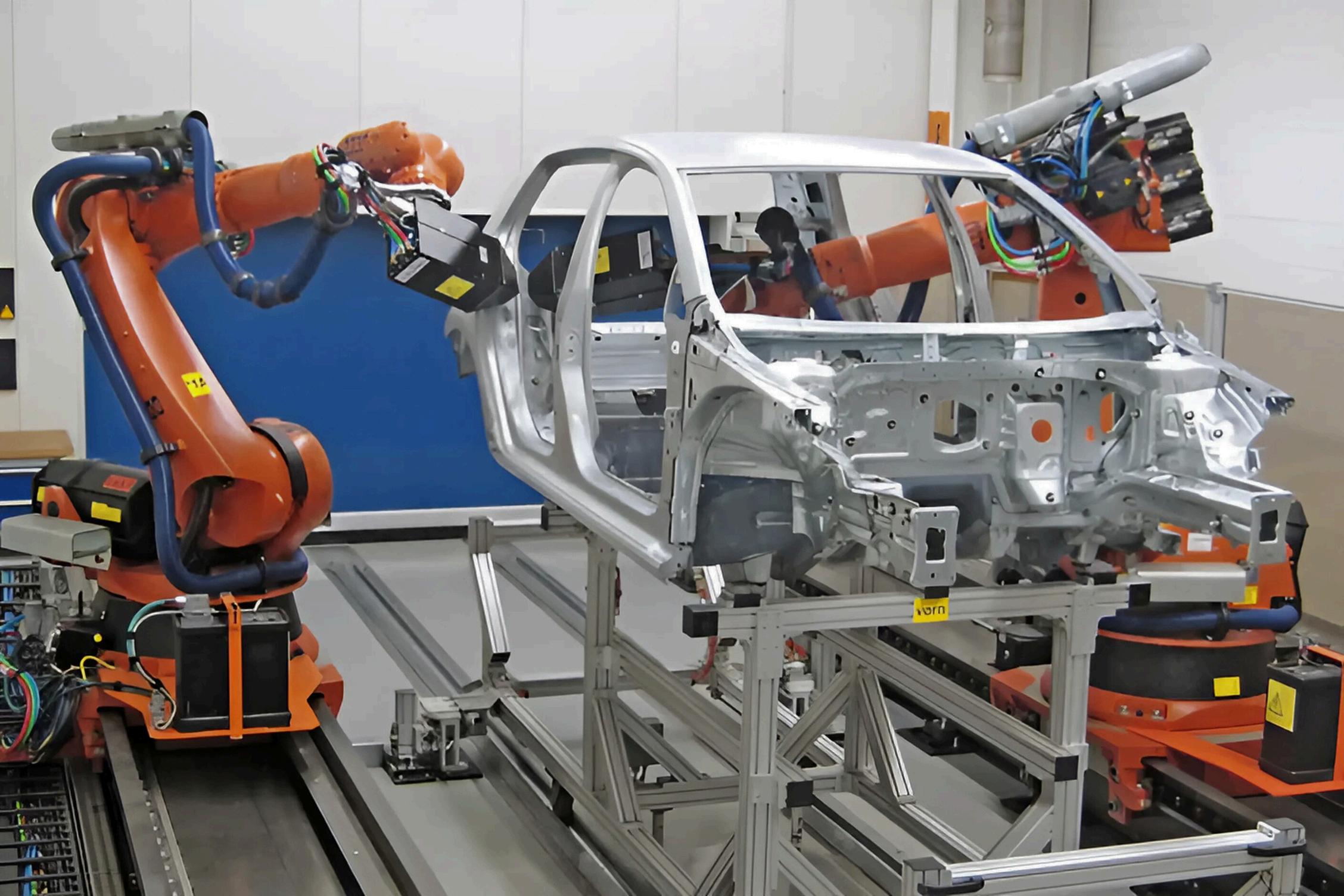
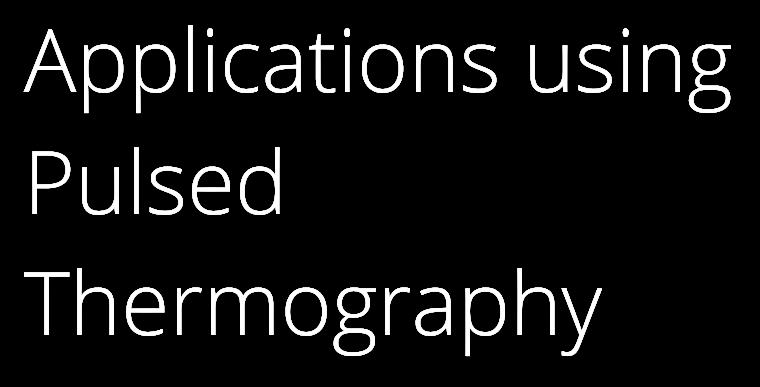
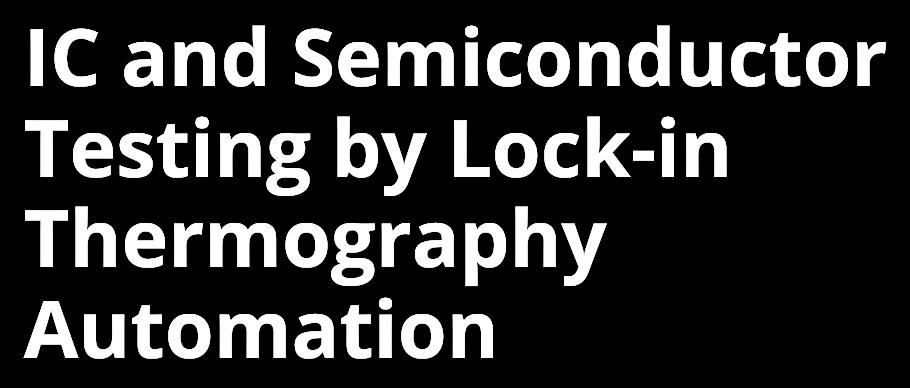





Non-Destructive Testing (NDT) encompasses a broad range of inspection techniques designed to assess the properties and structural integrity of materials, components, and systems without causing any damage or altering their physical characteristics. The primary objective of NDT is to detect and evaluate internal or surface defects, as well as other irregularities, to ensure reliability and safety. NDT is also referred to as Non-Destructive Inspection (NDI), NonDestructive Examination (NDE), and NonDestructive Evaluation (NDE).
These techniques are widely utilised across various industries, including manufacturing, aerospace, automotive, oil and gas, construction, power generation, and infrastructure. By employing NDT methods, engineers and technicians can identify potential flaws or weaknesses in materials and structures, enabling them to make informed decisions regarding maintenance, repair, or replacement. The growing emphasis on quality assurance across multiple industries is expected to drive the expansion of the global NDT market in the coming years.

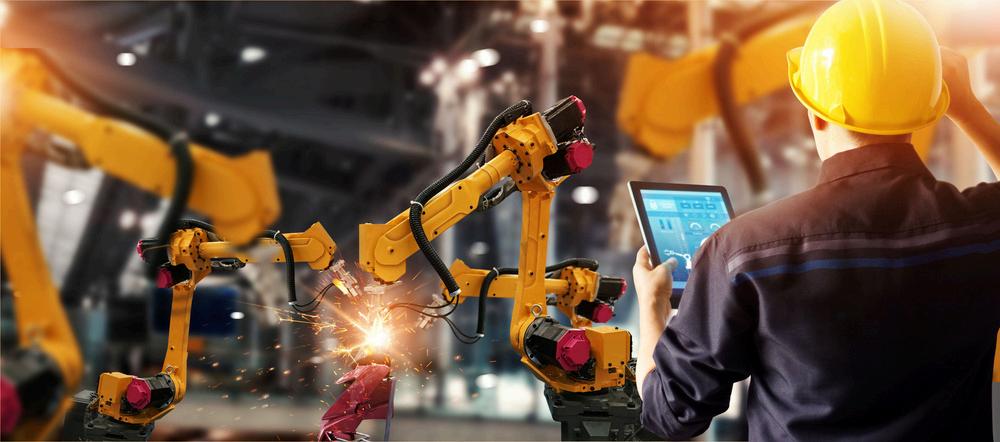
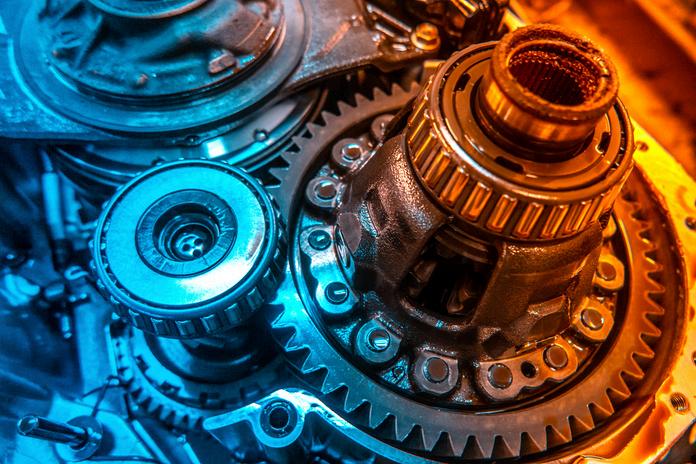










Non destructive testing allows you detect flaws, measure thickness, and assess the condition of materials without making contact with, or destroying samples. We offer thermographic NDT with partners InfraTec, Lake Shore Cryotronics and Thermal Wave Imaging. For applications ranging from automated manufacturing to aircraft inspection.
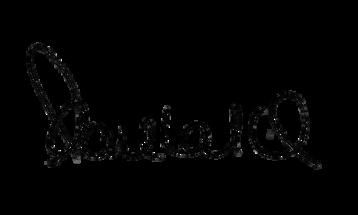
Angela Carslake
MANAGER
byInfraTec
Anyone who wants to selectively control their production, must detect disturbances in the production at an early stage.
Non-destructive testing by means of thermography provides important insights into the quality of compounds (e.g. layered compounds) or allows you to detect cavities even before the finished product is available.




The essential feature of active thermography is the targeted supply of energy to the test object A temporal and spatial characteristic heat flow results depending on the geometry and thermal properties of the ts on he is y a hic ra




The cooled high-end camera series ImageIR® and uncooled microbolometer cameras of the latest generation of the VarioCAM® series are particularly suited for depicting the resulting temperature distributions The geometric resolution of up to (2,560 × 2,048) IR pixels, high refresh rates as well as exact triggering and thermal sensitivity well below 0015 K provide the technical requirement for detecting the smallest material defects.
Rely on infrared thermography for non-destructive testing, benefit above all from the variable application of the process for different materials and material combinations
You can detect very different defects. This includes defects in joints, cavities, cracks or faulty joints. Thanks to such qualities, active thermography has firmly established itself as an efficient method for contactless and non-destructive testing in recent years.
Quality assurance for bonded, welded, soldered and other joints by means of cavity detections
(e.g. on vehicle interior parts)
Detection of material defects in composites and cracks in metals
Quality assurance of intermediate products (e.g. layered compounds)
Localisation of defects in joints such as cavities, defective welding seams/points
Assessment of thermal cutting and injection processes
Testing of metallic and nonmetallic materials/material compounds
Tests of internal structures, such as fractures or impacts in honeycomb lightweight constructions

Effective prevention of test scrap
Contactless testing with low thermal stress
Meaningful depiction of the defects
Simple analysis of large, uneven surfaces
Categorisation of different types of defects
Extensive testing already on one-sided test


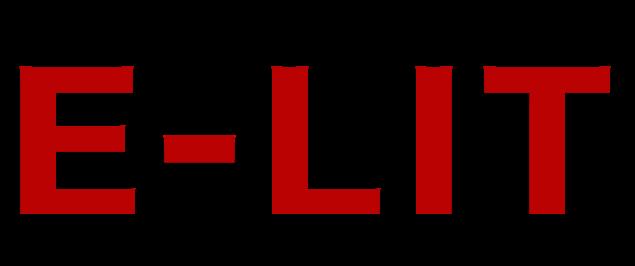

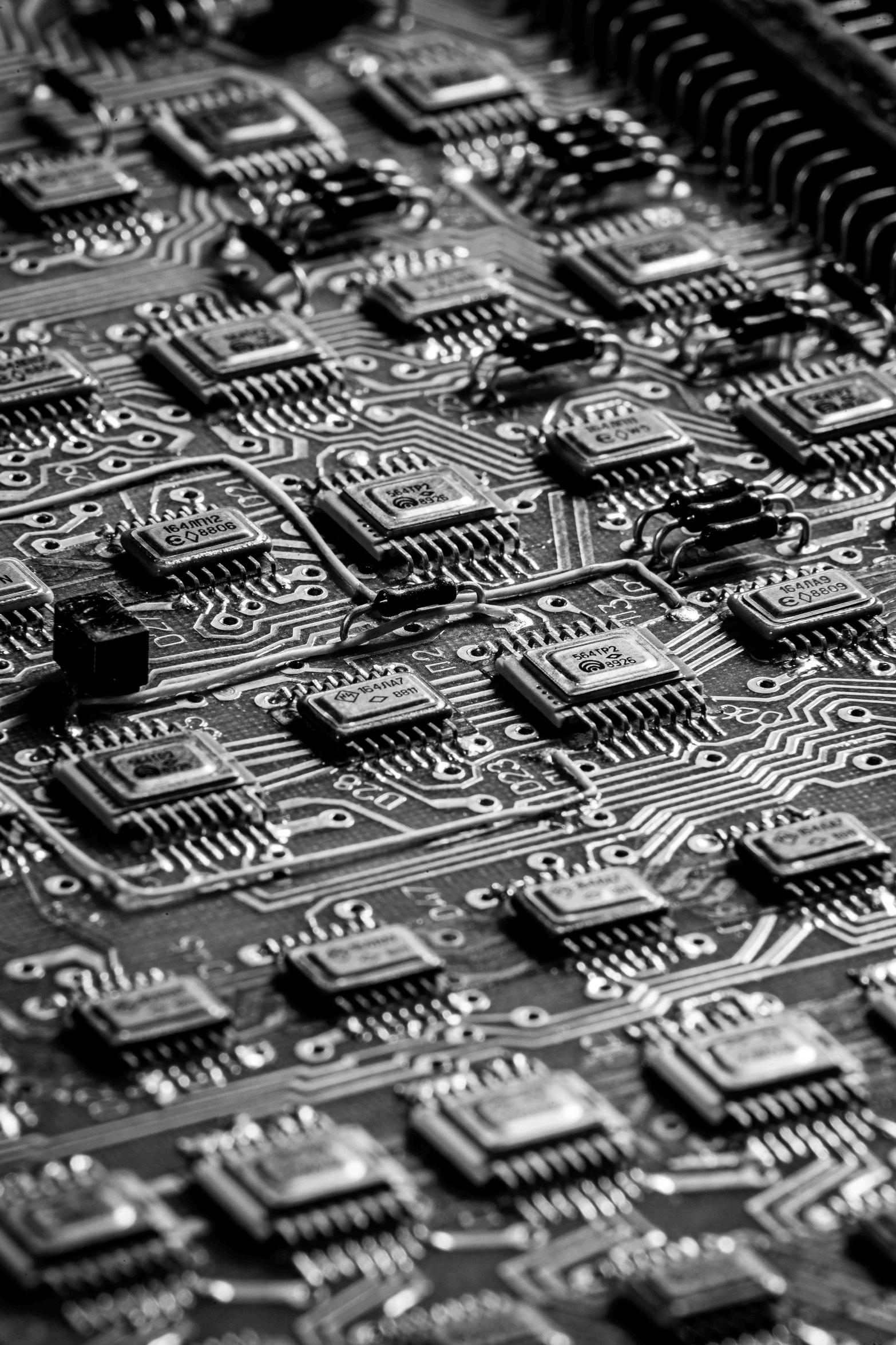


Thermal analysis of electronic and semiconductor devices
Modular test bench for online lock-in measurement
Reliable detection of thermal anomalies in the mK and μK range
Spatial location of defects in multilayer PCBs and multi-chip modules
Use of thermographic systems with cooled and uncooled detectors
Operational software IRBIS® 3 active with comprehensive analysis options in laboratory conditions
E-LIT – Lock-In Thermography for electronics is an automated testing solution system (as part of NDT techniques) which allows non-contact (electrical) failure analysis of semiconductor material during the manufacturing process. Inhomogeneous temperature distribution, local power loss, leakage currents, resistive vias, cold joints, latch-up effects and soldering issues can be measured with Lock-in Thermography. This is achieved by using the shortest measurement times combined with a high-performance thermographic camera and a specialised lock-in procedure

Smallest defects at electronic components like point and line shunts, issues from overheating, internal (ohmic) shorts, oxide defects, transistor and diode failures on a PCB surface, in integrated circuits (IC s), LED modules and battery cells can be detected and displayed in x and y positions.
The powerful lock-in thermography software uses the latest algorithms and routines from most recent scientific publications.
E-LIT is extremely powerful also in resolving smallest geometrical structures as it can be equipped with strong microscopic lenses and additional SIL lenses. Identifying smallest structures with InfraTec´s ELIT does not mean that the resulting field of view will also be smallest –implementing thermal cameras with detector sizes of up to (1,920 x 1,536) pixels provide large scale microscopic imaging. For even larger imaging stitching options are available
Additionally, it is possible to analyse stacked-die packages or multi-chip modules in z-direction with merely changing the lock-in frequency.

Automated Testing Solution
ACTIVE-LIT
Modular Bench
Online lock-in measurement with the highest sensitivity
Complete and detailed microscopy analysis
Geometrical resolution up to 1.3 μm per pixel with microscope lenses
Thermal resolution in the microkelvin range
Multi-layer analysis
Automatic scanning of larger samples due to precision mechanics


Operational software with comprehensive analysis options in laboratory conditions
Software add-on for automatic error classification based on parameter settings
Intuitive user interface for easy operation
Real-time display of the object being measured in various states
Multifaceted memory options for image data and measurement results
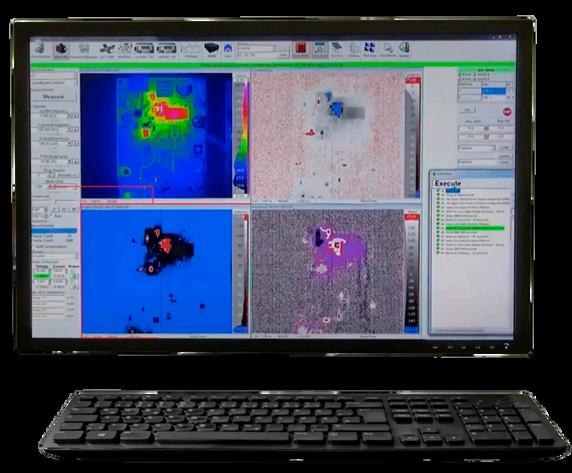
Alternative 0°, 90° or customised set phase angle image for representation of complex intensity information
Merging live and amplitude image
Optional: IV measurement, under sampling, drift compensation, DC-mode, power loss measurement, user and protocol administration, interface preparation: e.g. Profibus, Ethernet
Get an impression about the construction and function of this automated testing solution system as well as the opportunities of the thermographic software IRBIS 3. E-LIT is used for noncontact failure inspection of electronics.

To learn more about non destructive techniques using thermographic imaging cameras, contact our Technical Sales Manager, Dr Luke Nicholls by email or call (01372) 378822


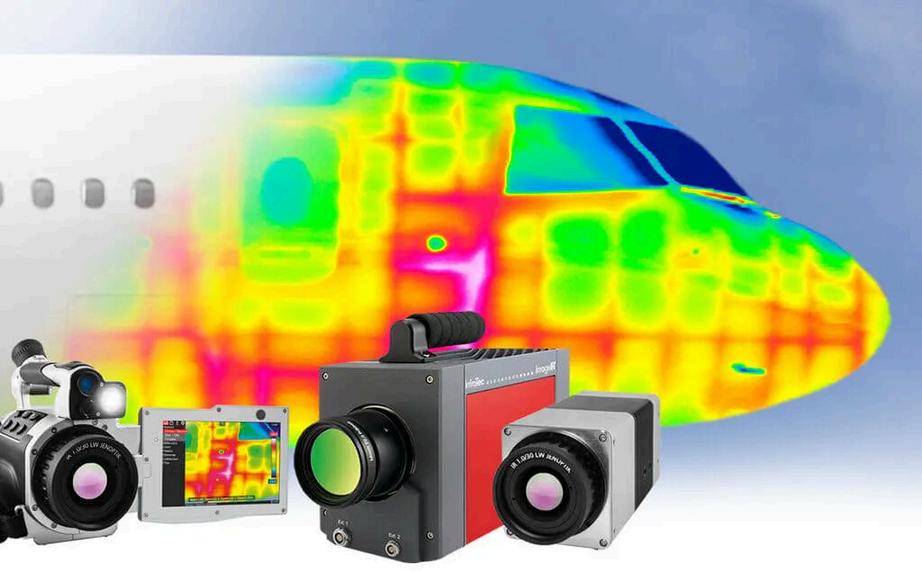
Composites in general and carbon fibre reinforced polymers (CFRP) in particular, have long played a major role in the aerospace industry. They are lightweight, extremely strong and can withstand high mechanical stresses. Through their use, fuel consumption can be reduced and CO2 emissions often noticeably drop decreased. However, assembly errors of these materials can result in severe consequences. This makes examining the components and parts made of CFRP to test for strength through the rigorous demands of the aerospace industry that much more important.
Non-destructive testing (NDT) through active and passive thermography has set new standards in this field.
Both methods can be used to visualise and analyse a lot of materials for different types of errors. These methods save money due to the fact that the examined pieces remain intact, and are also efficient because thermal imagers can capture large areas. Facts that are becoming more relevant for the industry, as quality and reliability must always be matched with profitability.
Depending on the process, users can make temperature differences visible for processes that are inherent or caused by externally induced heat flows. Depending on the structure and the thermal conductivity of the analysed material, errors in deeper layers can also be precisely identified. Things like impact damage, delamination, inserts, curing or adhesive failures in frames and stringers can be accurately assessed in terms of type, size and location.
For such demanding tests, InfraTec provides two powerful solutions with the high-end camera series ImageIR® and the VarioCAM® High Definition series The thermal imagers enable precise, high-resolution temperature measurements of CFRP panels, which are required due to the large differences in the thermo-physical properties of the fibre-reinforced composites A specially-developed precision calibration ensures high measurement accuracy
Both thermal imaging system series are impressive in their stand-alone versions and as components of turnkey automation solutions In combination with efficient control and analysis, as well as customised and appropriate continuous operation excitation sources and controllers, InfraTec offers the total package.
TheNDTusercanflexiblyadaptthese systemstodifferenttestconditions.
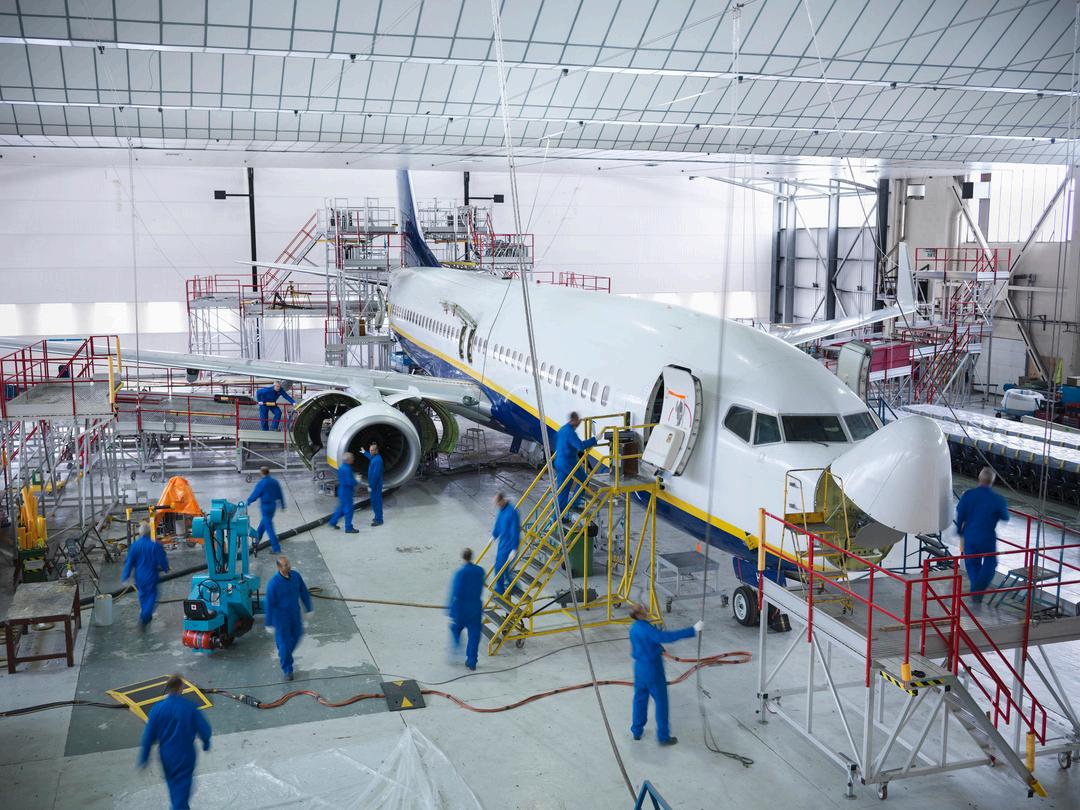
High-speed thermography systems
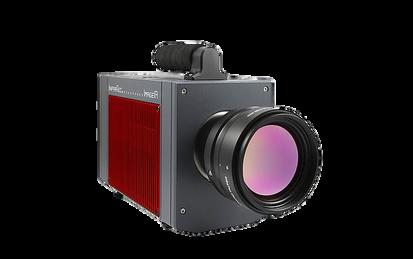
Precise radiometric calibration
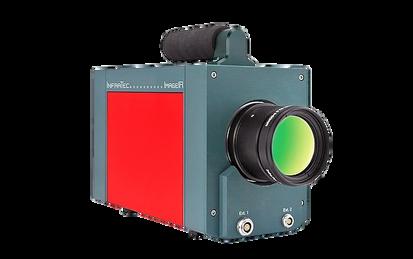
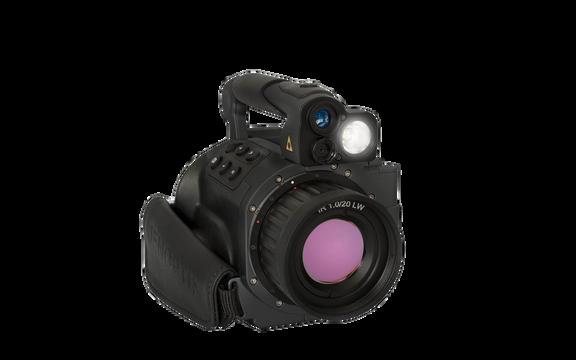
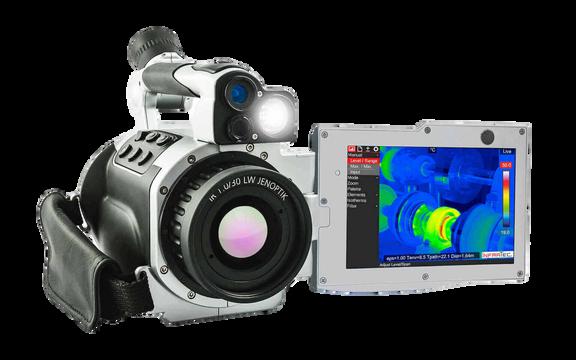




Advanced continuously cast high strength low alloy steels are often subject to elemental segregation along the billet or slab centerline during casting and cooling. Monitoring macrosegregation is critical before billet or slab rolling and forming, for if elemental segregation is excessive it can lead to structural weakness, including cracking and breaking of rolled and formed products. Hence, by catching macrosegregation before rolling and forming can save substantially in production costs and material handling and product remelting and casting.
Traditional industry monitoring has been done by etching and optical imaging. This is time consuming and not compositionally quantitative. Results are subjective and difficult to compare if methods and sample preparation are not identical between plants and different steel manufacturers. Etching is subjective and cannot provide quantitative compositional data for meaningful statistical analysis, but can provide information about structural homogeneity.
Now, by employing IXRF Systems’ advanced mapping, micro-spot energy dispersive X-ray fluorescence (microEDXRF) spectroscopy, it is possible to rapidly scan centerline areas and quantitatively monitor elemental inhomogeneity
Sample preparation is simple, only a clean milled surface is required and pixel concentrations less than one-tenth of a weight percent can be measured and mapped. Pixel size can be varied, as the focused x-ray source can produce beam diameters from 5 to over 100 microns, ideal for rapidly mapping macrosegregation from tens to hundreds of microns With the x-ray source normal to the sample surface, the exciting area is round and multiple detectors, up to four, can be used to measure higher count rates Map data files can contain as many as 5 GBs or more

While many key elements co-segregate in continuously cast high strength steels, of particular interest is manganese (Mn) which is the primary hardening agent that can easily be measured in an air environment. Other segregating elements of interest include: Cr, Ni, Mo, S, P, Al and Si.


The ATLAS not only provides visual evidence of macrosegregation in elemental maps, but quantitative measurement of elemental concentrations in the centreline region of continuously cast billets and slabs.

Quantification of segregating element concentrations is determined against a range of reference steel standards using linear regression, providing accurate quantitative results Typical calibration curves for different segregating elements of interest are displayed right.


X-ray elemental maps can also be used to identify and study in greater detail inhomogeneity problems in steels and other materials, natural and man-made, such as inclusions and impurities
Atlas can automatically identify and quantify impurities and inclusions within a map.


The versatile ATLAS mapping software and automated stage control enable unique rapid return on command to map locations of interest with exacting stage relocation precision (one micron).
This unique on command “Go-to” feature can rapidly drive the stage to any area of interest, inclusion or inhomogeneity, for further detailed study and/or to confirm initial mapping results
This capability provides corroboration of initial mapping results and the ability to refine mapping results in greater detail if needed or desired.
To learn more about non destructive techniques using SEM-XRF, contact our Technical Sales Manager, Dr Luke Nicholls by email or call (01372) 378822

The IXRF Atlas system provides a game changing non-destructive capability for monitoring the homogeneity of natural and manmade materials and how it can affect some of their chemical and structural properties.




X-RAY SOURCES FOR ELECTRON MICROSCOPY (SEM)
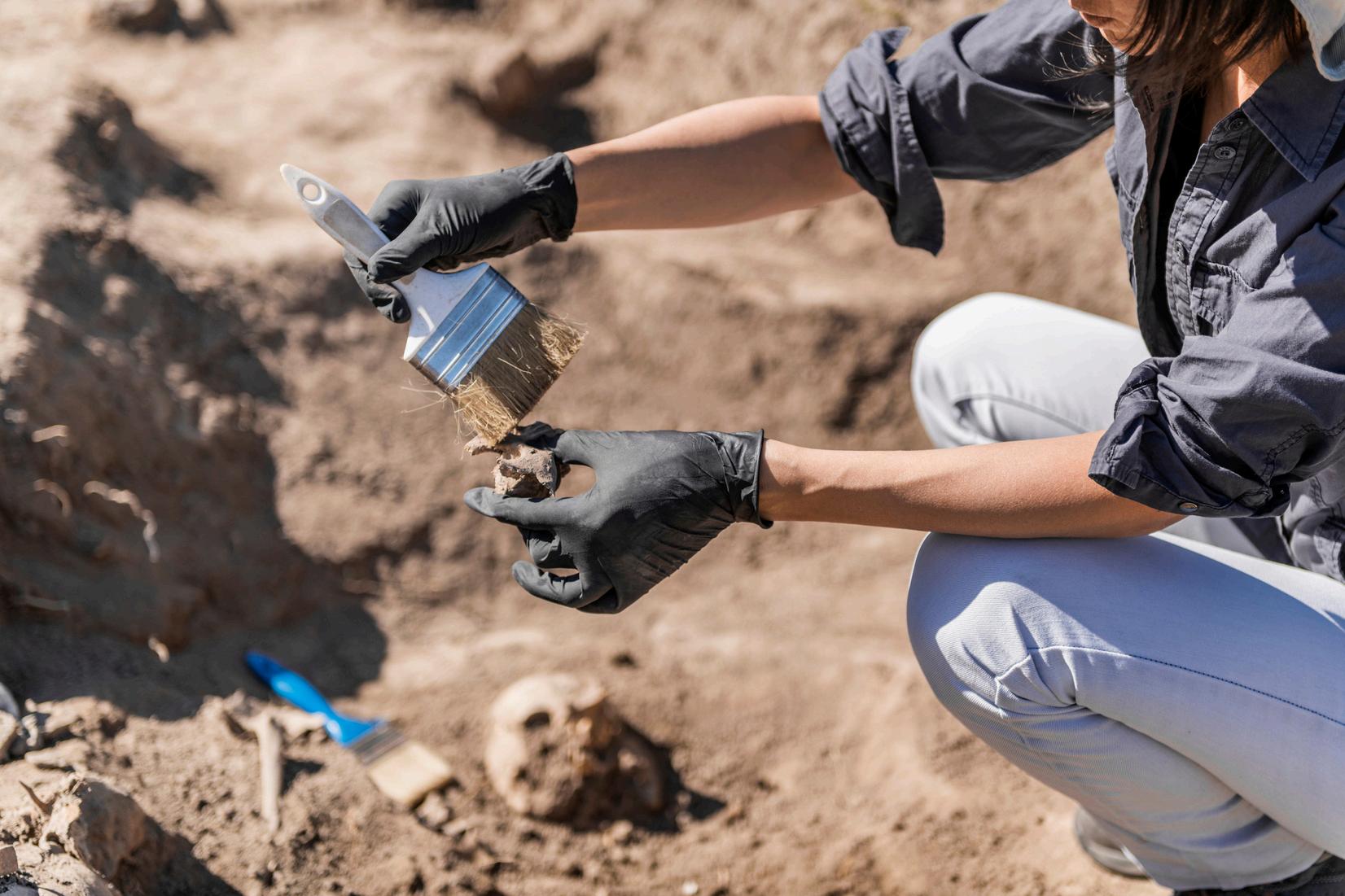



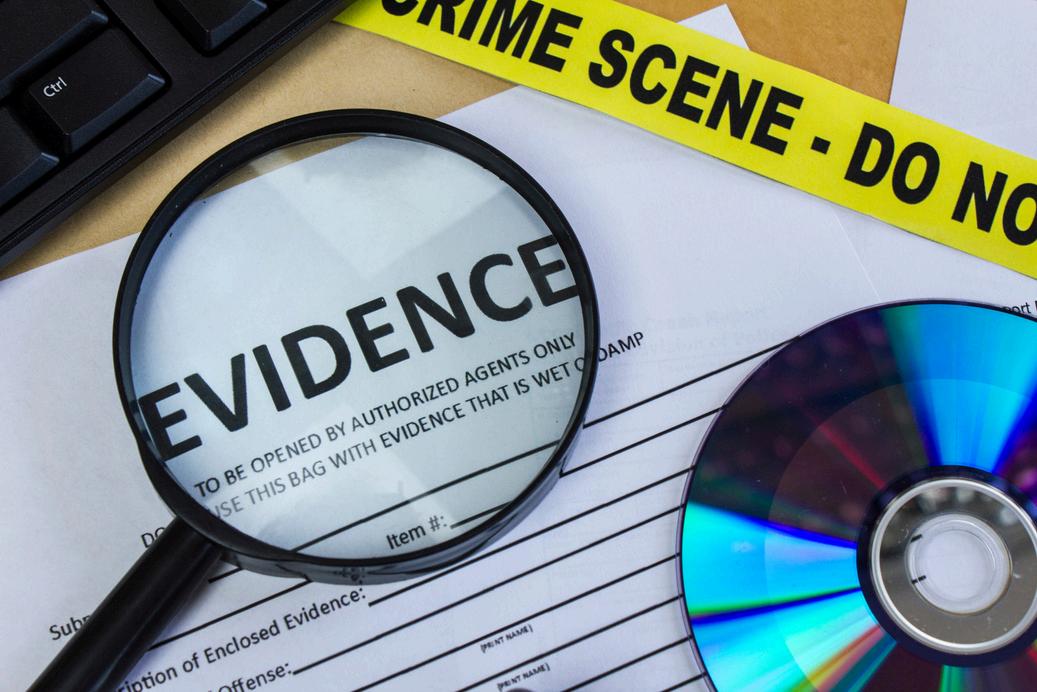

Distribution analysis stores complete spectra for every map point for on- and off-line analysis. Samples can be analysed with micro-spot X-ray beam and e -beam simultaneously without position change. Both excitation methods are integrated in IXRF’s analytical software suite. No interference with normal SEM operation, the X-ray source can stay in its measurement position permanently. microXRF is completely non-destructive and does not require the sample to be coated. Use your existing EDS detector system; IXRF supports most all microscopes.








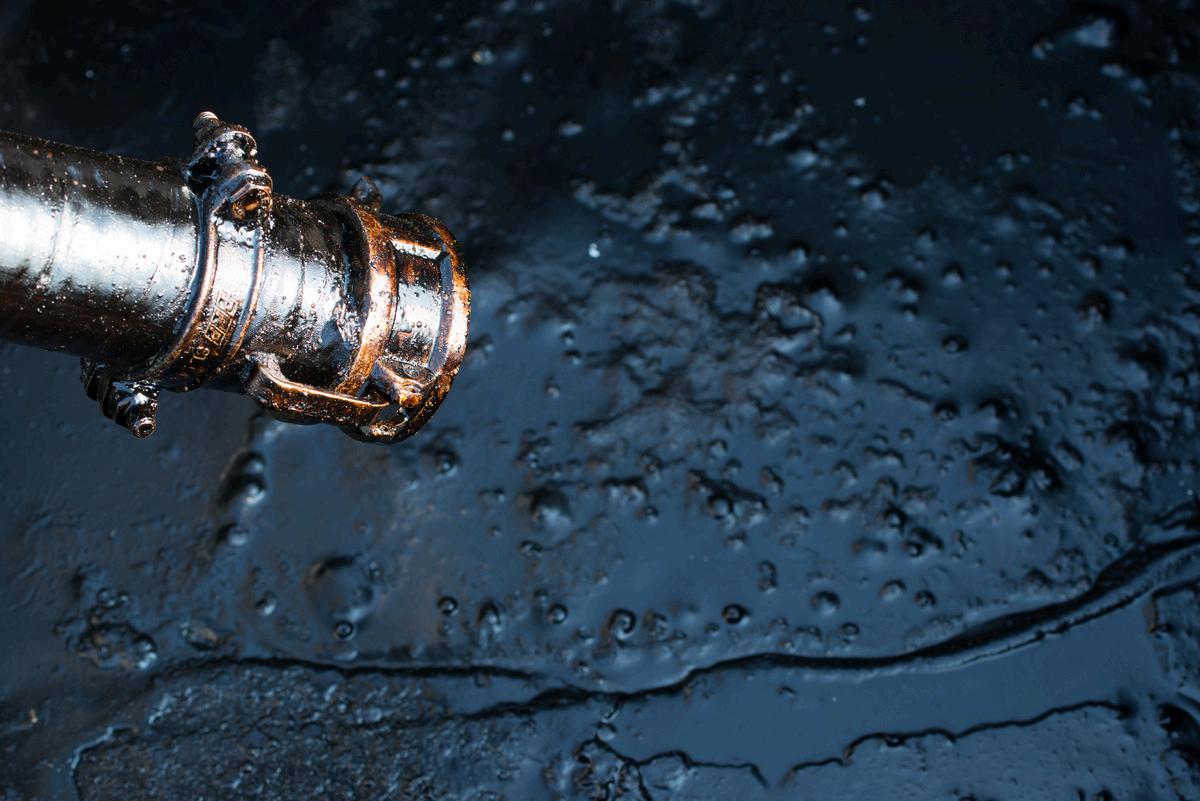
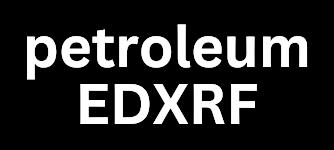






Thermal Wave Imaging (TWI) is the world’s leading provider of thermographic Nondestructive Testing (NDT) solutions to the aerospace and power generation industries, also serving industries ranging from automotive, marine, electronics, and sporting goods Since 1993, TWI has been at the forefront of thermographic NDT and has played a pioneering role in moving the technology from the laboratory to the “real world” of manufacturing and maintenance for many of the world’s leading companies and research institutions. Their products are known as the worldwide standard of excellence in thermography, used in the most demanding manufacturing, in-service and research applications.
When we started TWI in 1993, thermography was rarely used as a primary NDT method. Since then, we ’ ve addressed many of the toughest problems in the field, bringing thermography into the NDT mainstream by developing innovative solutions that are often copied, but rarely matched, setting the standard for NDT performance.”
Our systems are much more than a collection of off-the-shelf parts. We design and build key components using patented TWI technologies, and work closely with leading OEMs to qualify every piece of the system to insure optimum performance in the field, where it counts.”
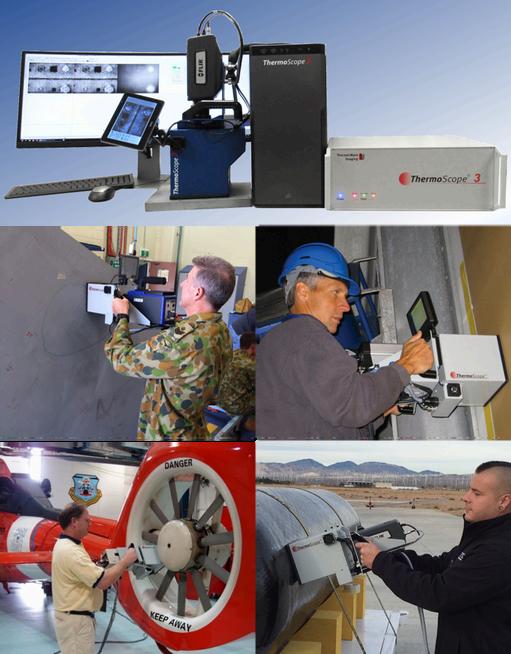
TWI systems range from simple, handheld inspection units to fully automated test cells and laboratory systems for materials characterisation The key is finding the right tool to meet your application needs. We work closely with our customers to fully understand their specific requirements so that we can provide the right tool for the right job. Contact us to further discuss your specific application.
EchoTherm® is the benchmark system for Thermographic NDT and the system of choice for applications ranging from automated manufacturing to aircraft inspection. It provides fast, non-contact, widearea inspection of flat or curved structures, and can measure material properties or depth and area of subsurface defects EchoTherm®‘s fully-integrated hardware and software simplifies thermographic flaw detection, process control, or material characterisation.
Flash, Step, or Modulated Heating
Thermographic Signal
Reconstruction® (TSR®)
Powered by MOSAIQ®
Virtuoso® for Advanced Material Analysis and Characterisation
Measure Flaw Area/Depth or Material Properties
Optimised for SysCheckIRTM
Automation Enabled Compatible With Leading IR Cameras
LabView, MATLAB and Visual Basic Compatible

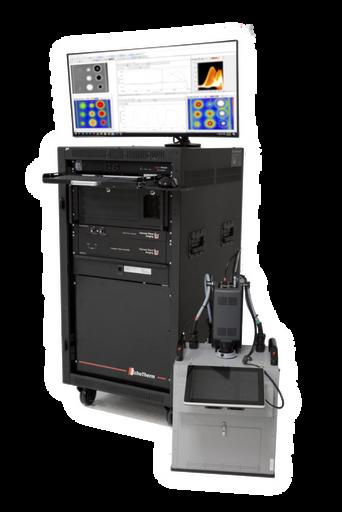
Lab Performance in a Compact Package

ThermoScope® provides a complete flash thermography system in a portable package, suitable for handheld or robot-mounted operation Using MOSAIQ® software and patented TSR® processing, it provides clarity, penetration depth and resolution comparable to labratory systems. Push button controls and a touch-screen display allow a single operator to inspect large or difficult to access parts quickly and effectively.
Flash Heating
Fast / Real Time Inspe
Single Operator / Easy
Thermographic Signal (TSR®)
Powered by MOSAIQ
Virtuoso® for Advance
Characterisation
Measure Flaw Area/D Properties
Optimised for SysChe
Automation Enabled
LabView, MATLAB an Compatible



In the last 25 years, use of pulsed thermography as a viable NDT modality has evolved from a curiosity to a “go to” technology for many applications previously addressed by other standard NDI techniques like UT, X-Ray, eddy current, etc.
TWI systems are a proven solution in the aerospace industry for both manufacturing and maintenance NDT. Whether it’s fast handheld inspection in the field or manufacturing quality control, our systems provide a degree of reliability and sensitivity that is unrivaled.
Impact Damage
Delaminations
Water Ingress
FOD Detection
Thickness Measurement
Porosity
Disbonds
Today, pulsed thermography is widely used in the aerospace, power generation and automotive industry sectors all over the world. Much of this success is attributed to TWI’s vision and passion to advance, develop and introduce to market state-of-the-art solutions to meet a broad range of application requirements.

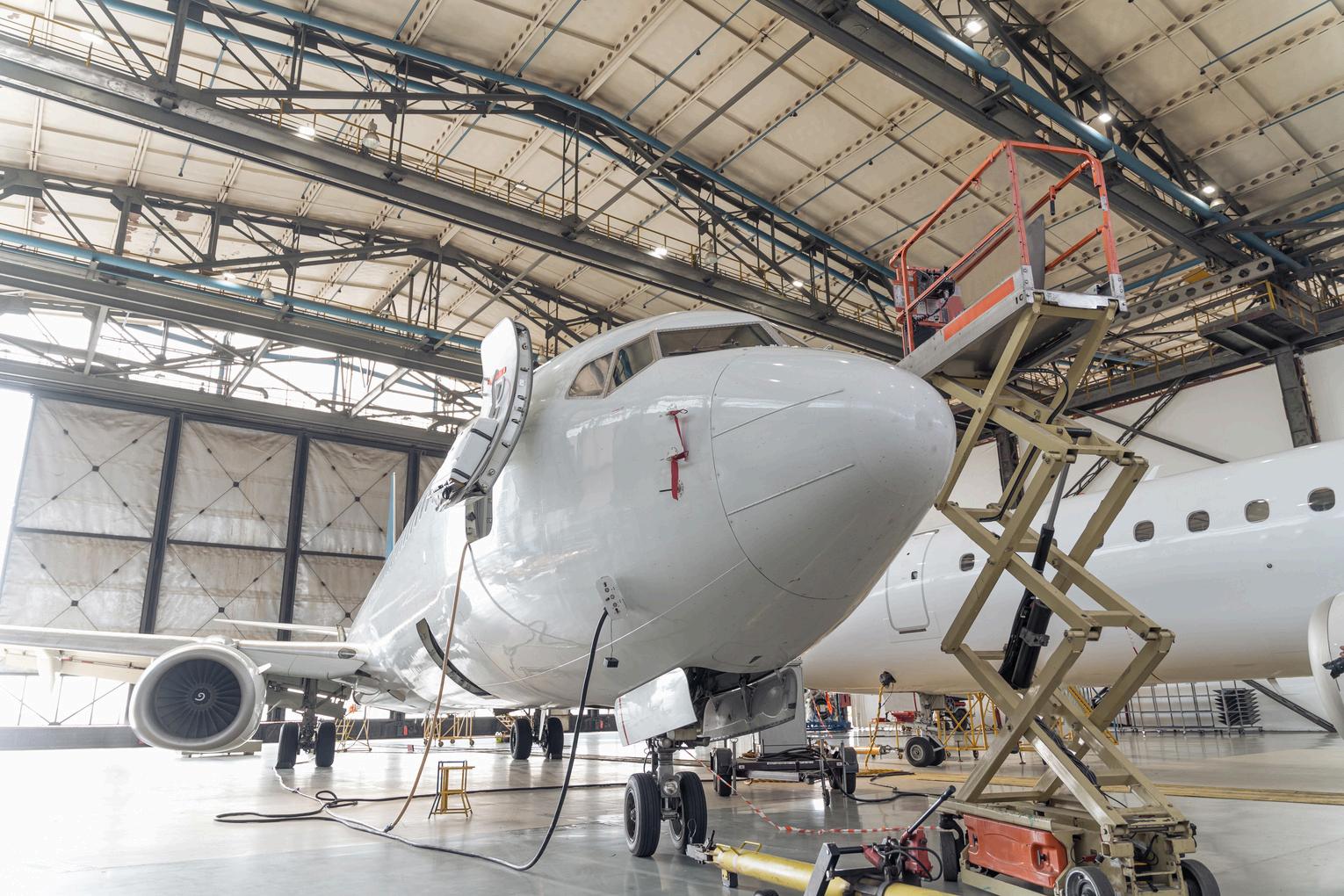
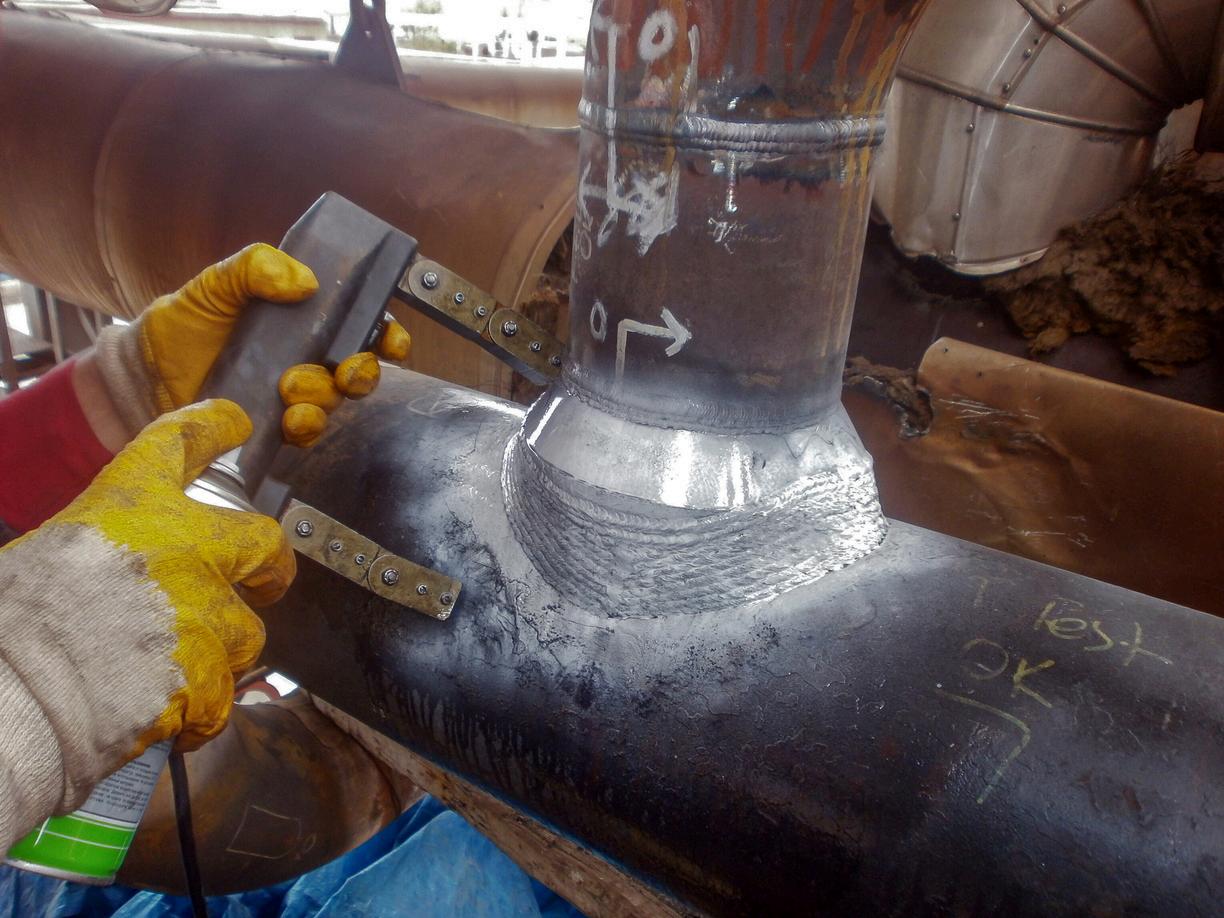

MOSAIQ® simplifies your NDT inspection using built-in analysis, measurement, and visualisation tools:
Thermographic Signal Reconstruction® (TSR®) Processing
Fast, real time inspection
For Flash, Step, or Modulated Heating
Compatible with common factory automation platforms
Programmable Inspection and Analysis
Routines


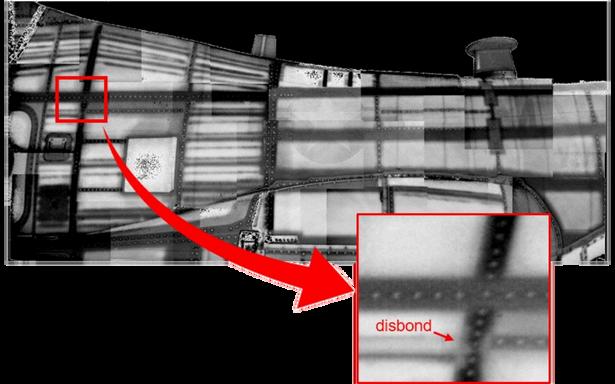
Used worldwide by leading OEMs and Research Institutions, MOSAIQ® is compatible with EchoTherm® and ThermoScope® systems. It can be configured for use with a touch-screen display for handheld systems, or large displays for automation and can accommodate a variety of excitation options.

Virtuoso® provides the ultimate toolkit for advanced analysis of thermography data for NDT and Material Characterisation Virtuoso helps you identify the best method for examining a sample and create an optimised inspection procedure
ThermographicSignalReconstruction(TSR®)
AutomatedFlawSizing
Real-timeAnalysis
AnalysisofFlash,Step,orModulatedData
Multi-scaleContrastAnalysis
MaterialCharacterisation
PulsePhaseandPrincipalComponentAnalysis
BooleanOperations
Signal/noiseAnalysisandOptimisation
CompatiblewithEchoTherm®,ThermoScope®,MOSAIQ®
ProgrammablethroughMatlab,Labview,VBA,C++,Python
Leading OEMs rely on TWI systems for NDT in manufacturing, rework and maintenance
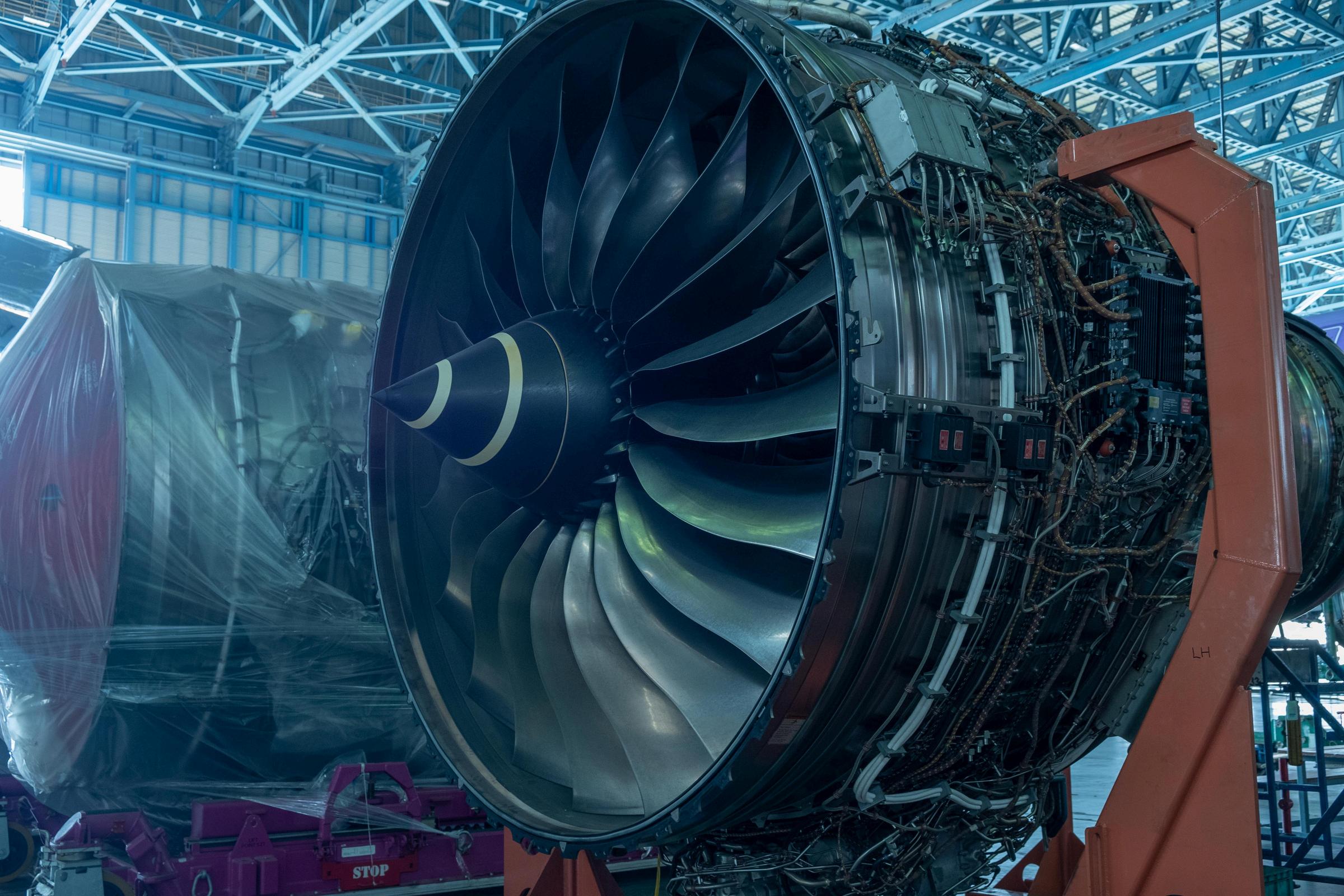
Common Power
Generation Applications:
Wall and Coating Thickness
Structural Integrity
Hole Blockage Disbonds
Adhesion Cracks Corrosion

To discuss your application, contact our Technical Director, Dr Shayz Ikram by email or call (01372) 378822.




Handheld backscatter
Handheld imaging c-arm
Micro CT
Crawlers and Drones
Portable Radiography
Moxtek manufactures low-power miniature X-ray sources for a variety of applications including handheld XRF, Security, Non-Destructive Testing and benchtop instruments Moxtek sources are small, lightweight and can be packaged into customer enclosures. MOX140G is ideally configured for backscatter and traditional imaging. MOX140G is capable of running up to 140kV and 7W.

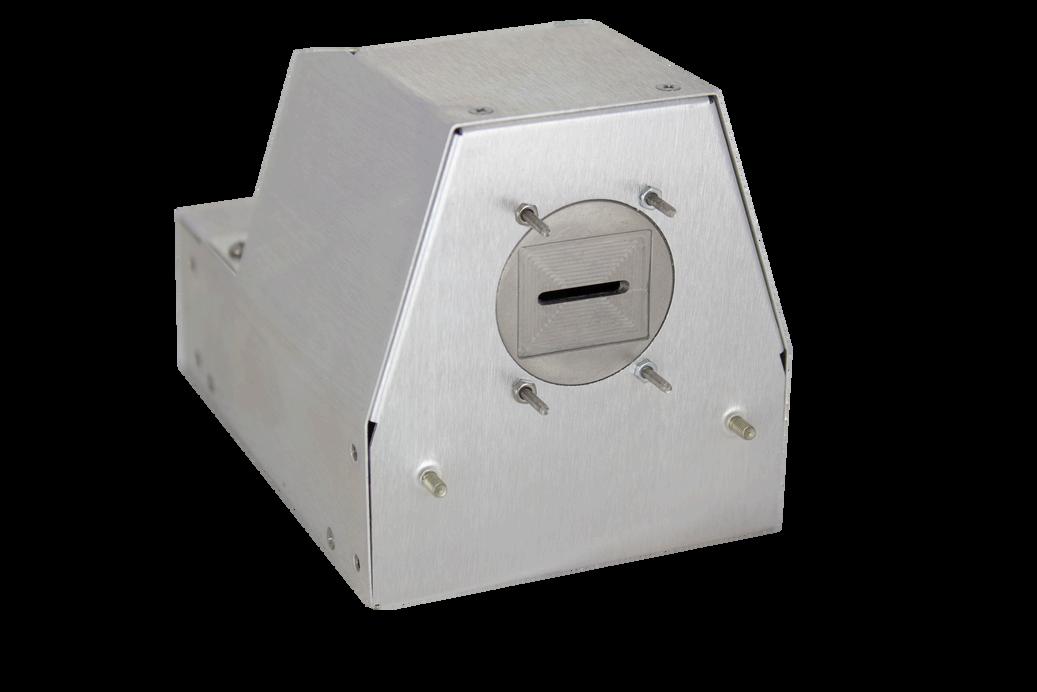
High energy imaging in a compact package. MOX140G is a complete X-ray source that is ideally configured at:
High energy imaging applications (140kV) compact (3 5in x 3 5in x 5in) light weight 1 6kg typical (3 6 lb) package
Side window tubes have approximately 30% higher xray flux compared to end window tubes, which helps in applications that rely on counting low numbers of photons, such as X-Ray Diffraction (XRD).
To learn more and discuss your application, contact our Technical Sales Manager, Dr Luke Nicholls by email or call (01372) 378822.






To discuss your application, contact our Technical Director, Dr. Shayz Ikram by email or call (01372) 378822.
Nuclear magnetic resonance (NMR) is a non-destructive analytical technique that uses radio waves to study molecules

NMR is non-destructive and requires less sample preparation than other methods, such as electron microscopes and X-ray diffraction.

Characterising molecular structures
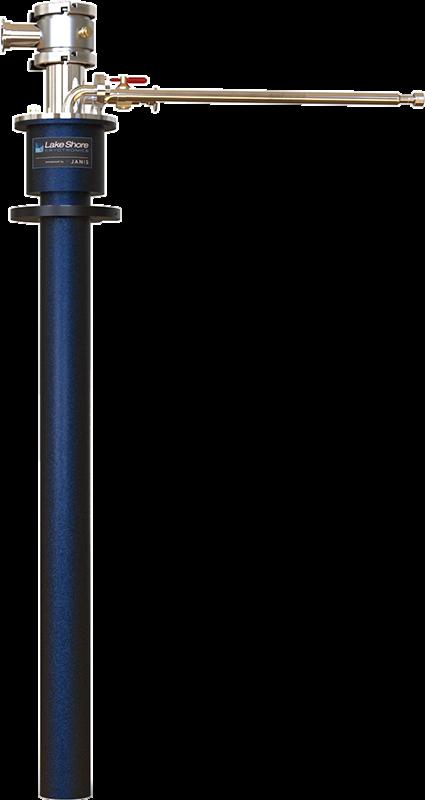
Monitoring the composition of mixtures
Studying molecular dynamics and interactions
Quantifying known and unknown components
Investigating the structure of chemical species
Following the course of chemical reactions
STVP-NMR cryostats are optimised for NMR magnets with an 89 mm (3 5 in) diameter bore; custom configurations can be fabricated for larger or smaller magnets. Samples are typically mounted in a user-supplied NMR insert, and mounted inside a 55 mm inner diameter chamber These cryostats are typically nonoptical, but an optional bottom window is available upon request.


Samples are located in temperaturecontrolled flowing helium vapor The small cryostat footprint takes minimal space on the NMR magnet, easily fitting between the stacks on the magnet top plate. STVP cryostats use a highefficiency transfer line to deliver LHe to the sample chamber for cooling.
Temperatures below 4.2 K are achieved by reducing the venting helium gas pressure using a vacuum pump They can also be configured for liquid nitrogen operation




At Quantum Design UK and Ireland, we’re passionate about providing high-tech scientific instrumentation to researchers, universities, and industries across the UK and Ireland.
Based in Leatherhead, Surrey, we’re a small but dedicated team, bringing deep expertise and a personal touch to everything we do.
We specialise in materials characterisation, cryogenics, non-destructive testing, imaging cameras, microscopy, and spectroscopy. But more than just supplying instruments, we work closely with our customers to understand their unique research challenges and help them find the best solutions
What sets us apart? We’re knowledgeable, approachable, and always happy to help. Our Sales and Service departments are second-tonone, offering expert support, training, and advice to make sure our customers get the most out of their equipment.
At Quantum Design UK and Ireland, we take pride in being more than just a supplier we’re a trusted partner in scientific discovery.”

David Want Managing Director Quantum Design UK and Ireland

For more than 40 years Quantum Design (QD) has been providing technology solutions to researchers in the fields of physics, chemistry, biotechnology, materials science, and nanotechnology
Established in 1982 in San Diego, California, Quantum Design is the leading commercial source for automated materials characterisation systems offering a variety of measurement capabilities.
QD instruments are found in the world’s leading research institutions and have become the reference standard for a variety of magnetic and physical property measurements.
Quantum Design instruments are cited in, and provide the data for, more scientific publications than any other instrument in the fields of magnetics and materials characterisation
An essential part of providing scientific solutions to researchers around the globe is to also offer state-of-the-art instruments from other leading manufacturers.
These manufacturers are chosen by QD not only for their innovative products, but also because they believe in the same level of customer satisfaction and support that scientists have come to expect from QD products worldwide.







